On September 19, in a historic first, UN member states are expected to come together to work on a more “coordinated and humane approach to address large movements of refugees and migrants” and agree upon the New York Declaration. With 5,749[1] people dying on borders across the world in the past 12 months alone, and MSF teams around the world treating hundreds and thousands of men, women and children suffering from the effects of increasingly restrictive asylum and migration policies, the meeting couldn’t come at a better time.
Yet, while the draft New York Declaration seems well intentioned, its content is overly vague and lacks a sense of urgency to really improve the lives of migrants and refugees. A declaration that aims for “concrete results in 2018” is detached from any real will to grapple with the global displacement crisis we see today. The reality, as witnessed by MSF teams from Mexico, to Cameroon, to Greece, is that many of the UN Member States expected to sign the declaration are already in contravention of it, their harmful migration and asylum policies increasing the suffering of millions of migrants and refugees.
On the eve of the New York meetings, a reality check is in order. Listed below are just some of the places where MSF is working with refugees and migrants and which feature today’s most dire contexts:
Reality Check 1: Syrian refugees in the Berm
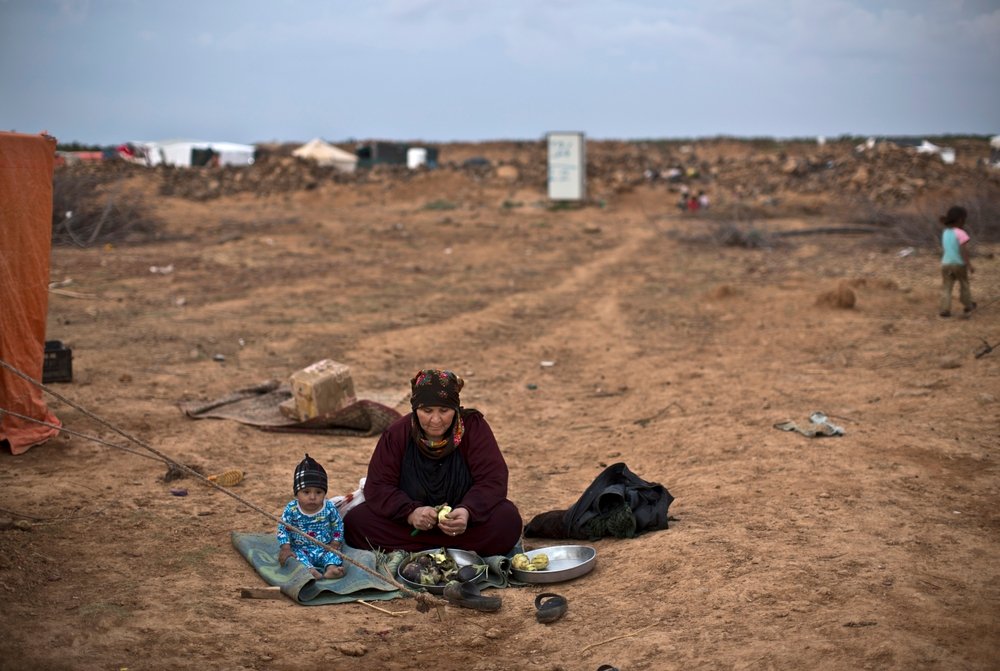
On June 21 in the name of national security, Jordan closed its northern border with Syria after a car bombing targeted a Jordanian military base near an area referred to as ‘The Berm’. This left 75,000 people, four out of five of whom are women and children, stranded in the desert without assistance, with insufficient access to water and almost no access to food (in early August, UN agencies, using a crane, conducted a one off drop of food supplies intended to last for a month). The Berm is not a bona fide refugee camp but a settlement of people fleeing war. No humanitarian actors are currently able to provide assistance, meaning inhabitants lack basic humanitarian services.
From 16 May to 21 June, MSF was able to access the population trapped at The Berm. MSF teams saw patients with chronic conditions and serious life threatening diseases – such as diabetes, heart conditions, cancer and congenital abnormalities - all of which require medical care to keep the patients alive. Out of the 3,501 consultations conducted, our teams extended medical care to more than 200 malnourished children (10 of whom were severely malnourished) and to 450 pregnant women - including women with high risk pregnancies – and delivered one baby.
The population is stuck in an extremely inhospitable strip of land, without adequate humanitarian assistance and still vulnerable to violence from Syria. The protection as well as humanitarian and legal needs of the refugees must be the sole consideration for solving their plight. The provision of humanitarian aid to The Berm must urgently be resumed and those trapped there and in need of protection must be allowed entry to Jordan or resettled elsewhere. Whilst it must be made clear that the resumption of emergency aid to The Berm is not a long-term solution, leaving people to suffer in the desert is unacceptable.
Reality Check 2: Somali refugees in Dadaab
The sprawling Dadaab camp in Kenya is home to some 350,000 Somali refugees, making it the largest refugee camp in the world. Originally planned more than 20 years ago as a temporary camp, it has only expanded and suffered from chronic underfunding. Insecurity and violence have also plagued the camp inhabitants.
In November 2013, a tripartite agreement was signed by the governments of Kenya and Somalia and UNHCR to promote the voluntary repatriation of camp residents as security began to improve in Somalia. Yet, as security ultimately deteriorated, few people have elected to return “home”. Nonetheless, as the end of the three-year agreement approaches, the Government of Kenya has communicated publicly that efforts will accelerate to return Dadaab residents to Somalia for “security, economic and environmental reasons.”
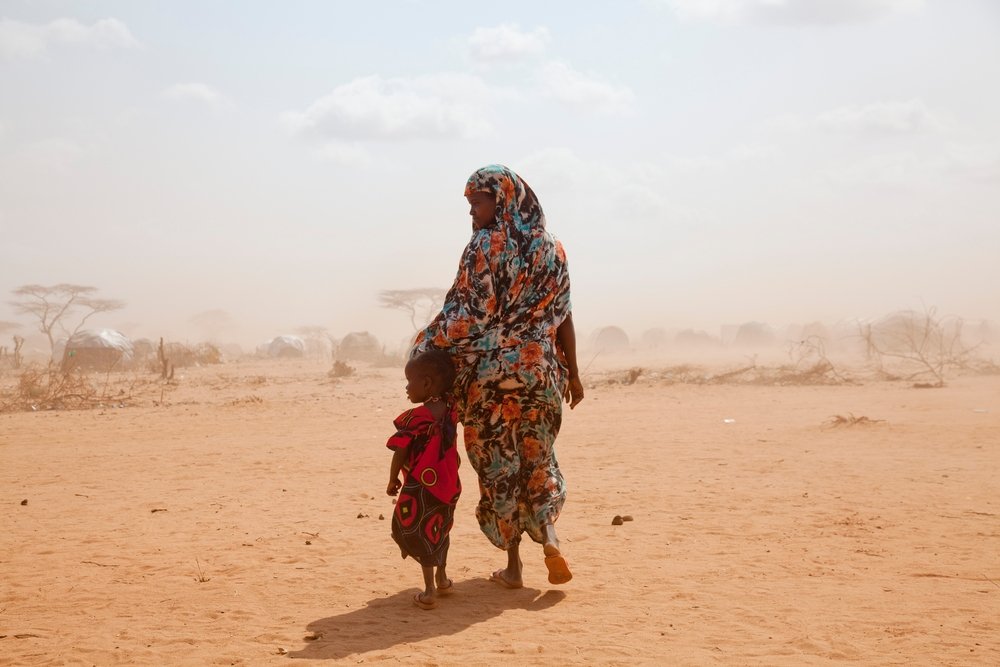
Despite repeated reports that the camp residents lack sufficient water, food, and shelter, participants in focus group discussions and a household survey conducted by MSF in August 2016 indicated strongly that they would prefer to remain in Dadaab, where they feel more secure and have access to basic health services and education. Though unable to live or move freely within the confines of the camp, for most people Dadaab is superior to the instability, insecurity, and lack of basic amenities in Somalia.
In the New York Declaration, governments will declare that refugee camps must be an exception rather than the rule for managing refugee flows. While keeping hundreds of thousands of refugees in limbo in Dadaab is indeed hardly a long-term solution, forcing them back to Somalia is inhumane and in violation of non-refoulement that forbids people from being forcibly returned to places where they are in danger.
While it is evident that refugee camps are not ideal for managing protracted refugee situations, closing them should not place people in greater peril. MSF strongly opposes the Kenyan government’s intention to close Dadaab. Without other feasible solutions being offered, the closure of the camp means a forcible return of refugees to Somalia which would have dramatic and life-threatening consequences for hundreds of thousands of people
Reality Check 3: Refugees and migrants in Libya
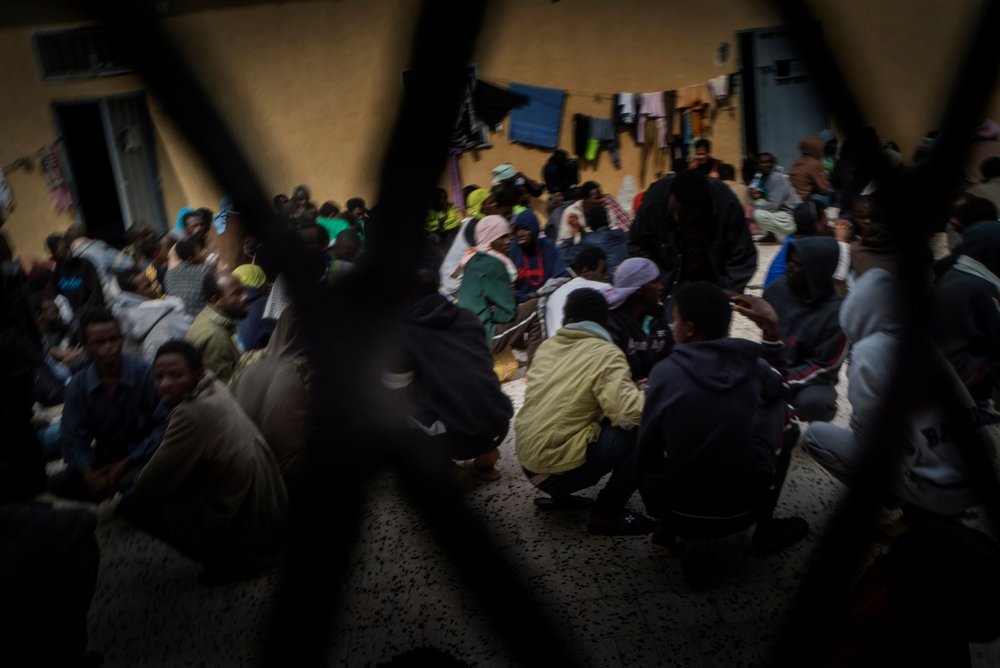
Since launching search and rescue operations last year in the central Mediterranean Sea, MSF teams have saved more than 34,000 people from drowning and have assisted many others. Regardless of their country of origin or their reasons for trying to reach European shores, almost everyone rescued from this stretch of water passed through Libya.
Many people report experiencing violence in Libya, while almost all rescued people report witnessing extreme violence against refugees, asylum seekers and migrants, including beatings, whippings with hoses, sexual violence, and killings. MSF medical teams on board three rescue vessels in the Mediterranean continue to treat, and bear witness to, the consequences of physical and psychological violence inflicted on men, women and, increasingly, unaccompanied children (some as young as 10 years old). Although it can be difficult to definitively identify mental trauma in the short period they are present on MSF boats, the evidence of physical violence is unmistakable, linked to inhumane detention conditions, torture, and other ill-treatment, including sexual violence.
MSF medics have seen countless examples of the abuse and brutality endured on the migratory route through Libya. They’ve seen a man with a week-old infected machete wound on his forearm, a young woman with a perforated eardrum caused by repeated blows to the head, men with severe swelling from being beaten in the groin, a man with a broken collarbone and extensive scarring on his back lashings he received while in detention, and a man with shattered hand bones from being hit repeatedly with a Kalashnikov rifle. Women have reported being raped, forced into prostitution or kept in captivity as domestic servants. They also have reported unwanted pregnancies, knocked out teeth, hands burned in fires.
Reality Check 4: The Mediterranean crossing
So far this year, 3,198 people have died attempting to reach Europe. The Central Mediterranean crossing, from Libya to Italy, is almost twice as deadly as it was last year. With seemingly no political will to provide safe and legal alternatives to the deadly sea crossing, the European Union and European government policies continue to cut the safest exit routes, leaving people no other choice but to resort to overcrowded boats headed for Europe.
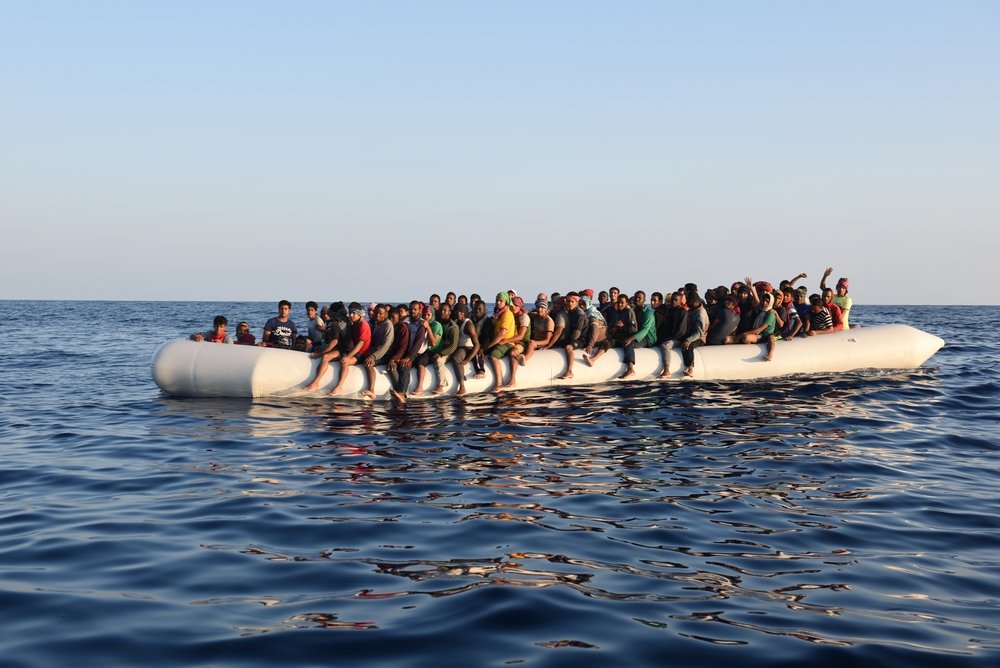
While the New York Declaration promises to strengthen search and rescue mechanisms at sea and on land, in Europe today search and rescue remains a positive side effect of border control and not a priority. Yes military and anti-smuggling operations provided by the EU Member States also rescuing migrant and refugee boats in distress but they do this by default rather than design. Establishing safe and legal routes is the only way to end deaths at sea. MSF has repeatedly called for a dedicated and proactive search and rescue mechanism to complement efforts put in place by the Italian government in the Central Mediterranean. Our experience has proven that in order to save lives, rescue operations need to be dedicated ambitious and proactively patrolling as close as possible to departure points. Yet, so far, only NGOs like MSF have responded to fill this gap.
Reality Check 5: Reception and transit in Italy, Greece and the Balkans
Two years into the so-called European Refugee crisis, the situation in many parts of Europe continues to be both chaotic and inhumane. In the six months since the EU-Turkey deal, signed by the 28 EU Member States who will all be present in New York, came into effect—the right to seek asylum within the EU is now dangerously restricted, with thousands of people stuck at borders and denied protection, living in dire conditions and with little hope for the future.
With the approval of Member States, and in violation of the principle of non-refoulement men, women and children—including the most vulnerable— are pushed back and rejected at borders in Bulgaria, Serbia and Hungary without assessment of their protection needs. These people are then pushed back to inefficient asylum systems in Turkey, Serbia or Greece and forced to live in inhumane conditions.
The progressive closure of the Balkan route through Macedonia, Bulgaria, Slovenia, Croatia, Hungary has made smugglers the only option for transit within Europe. The militarization of these countries’ borders has led to a staggering increase in violence. MSF data show that nearly one-in-three patients attending MSF clinics in the Balkans reported abuse and violence, including women and children. The situation became so acute at the end of August that MSF teams in Serbia were forced to refer some patients to hospitals due to the severity of their wounds. While smugglers may bear the responsibility for much of this violence, patients report that at least half is perpetrated by state authorities.
Although the New York Declaration promises to ‘ensure a people-centred, sensitive, humane, dignified, gender responsive and prompt reception for all persons arriving,’ the reality is that in all countries, the reception system is failing to adequately provide the necessary care and services for those who have fled their homes.
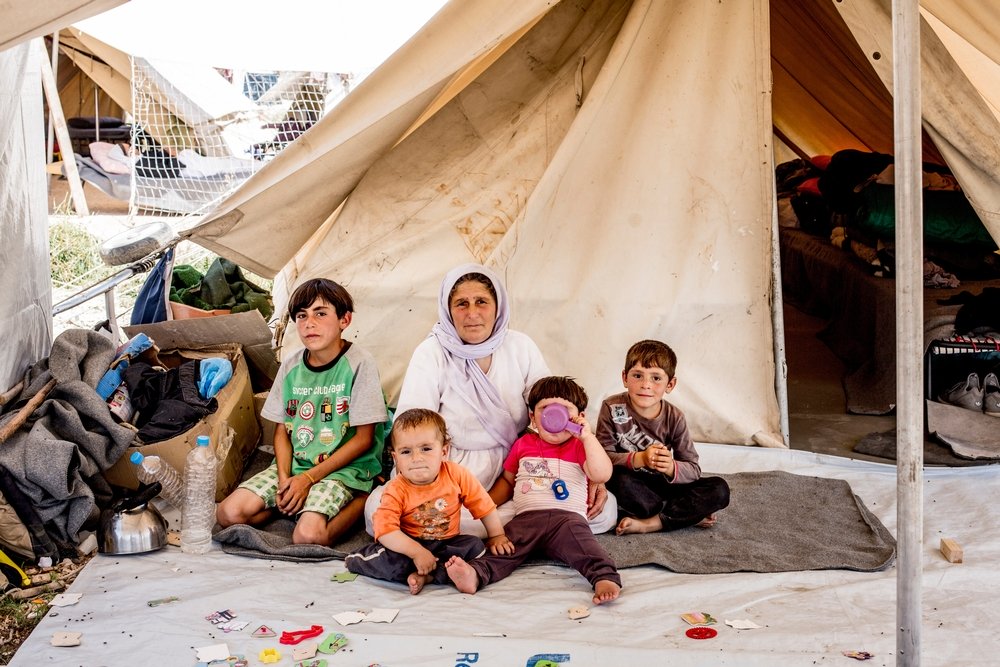
Following the EU-Turkey deal, more than 13,000 people remain stuck on Greek islands , crammed into spaces meant to house 7,450 where a serious lack of basic services (including health care and water), as well as a lack of access to information and due process, is leading to high levels of tension. The mainland is not much better; the conditions in many of the camps are sub-standard with some built from harmful substances like asbestos. Around a quarter of MSF’s patients on mainland Greece exhibit symptoms of depression and anxiety. In Italy, increasing numbers of people are excluded by the formal reception system and live in appalling conditions in squats and makeshift camps, with limited access to health care and other basic services.
The New York Declaration promises that ‘the special needs of all people in vulnerable situations will be recognized,’ but both Greece and Italy are woefully underequipped to provide appropriate services to vulnerable groups. For example; more than 90 percent of the minors arriving in Italy are unaccompanied – some as young as 10 years old. Not only have these children experienced and witnessed horrific events on their journeys, once in Italy they are often detained or kept in closed reception centres instead of structures that cater to the specific needs of child trauma survivors. The situation is no better in Greece.
Mental health services are rarely provided in Italy and Greece and both countries lack adapted services for victims of torture, or appropriate screening practices to locate the vulnerable. The reception systems in Italy, Greece and the Balkans also fail to properly provide for survivors of sexual violence and people with disabilities or severe medical conditions. The MSF team in Serbia, for example, identified a young Afghan woman who had developed breast cancer. After a mastectomy in Greece she was unable to stay to complete her radiation and chemotherapy treatment and relapsed in Serbia where she was living in squalid conditions waiting to cross the Hungarian border and unable to access life-saving medical care. Putting people with serious medical cases in this position contravenes the right to health care – as well as the promises to be made in the New York Declaration.
Despite the promises of the New York Declaration and the millions of Euros invested by the EU, people arriving in the European countries where MSF work do not find refuge but are instead forced to endure more hardship—detention, violence, squalid living conditions and a lack of access to basic services. European countries are collectively failing those they have promised to protect.
Reality Check 6: Fleeing violence in Lake Chad
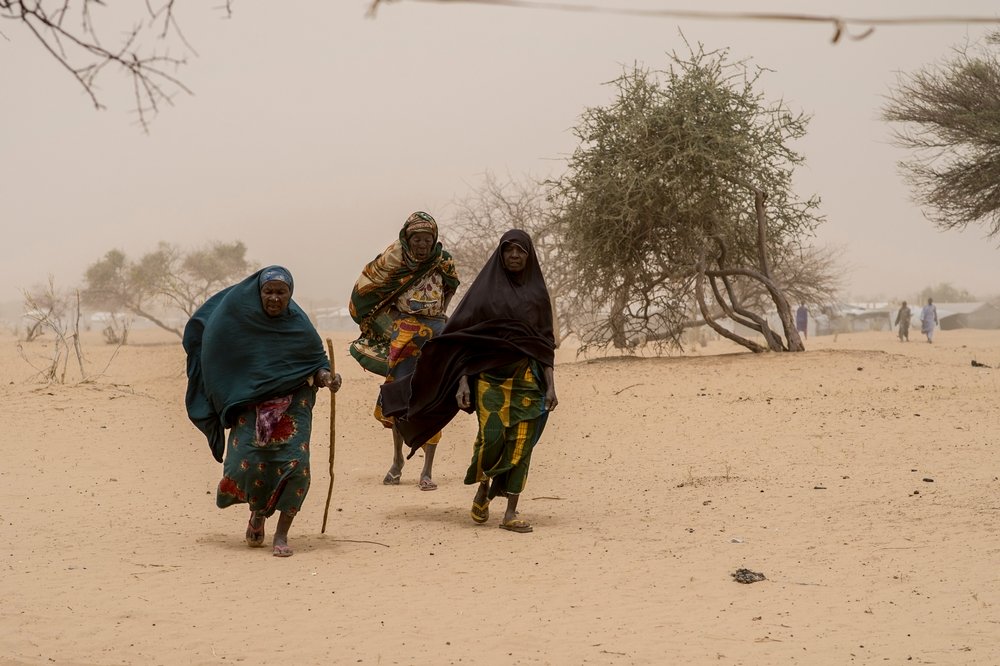
Some 2.6 million people have been forced to flee their homes in Northeast Nigeria due to violent attacks perpetrated by Boko Haram insurgents and the military forces combatting them. Civilians pay the price of extreme violence and are left with little means to cope and little hope to rebuild their lives. Some receive assistance in refugee camps while the majority lives in precarious conditions in host communities, where resources are already limited. Some have sought refuge, or have been forcibly moved to locations where they are trapped and entirely reliant on outside assistance. High insecurity in these areas makes the provision of aid difficult, leaving people in dire condition and unmet basic living and health care needs. MSF assisting the displaced in a number of locations throughout Nigeria, Cameroon, Chad and Niger, where there is a worryingly high prevalence of epidemics and diseases related to poor living conditions, including waterborne illnesses and very high malnutrition rates.
Violence and displacement exacerbate an already dire situation in a region suffering from poverty, extreme vulnerability, food insecurity, recurring outbreaks and an almost non-existing health system. People affected by the ongoing crisis are in urgent need of food, drinking water, shelter, health care, protection and education. This is a crisis upon a crisis.
Today, people are stranded—with no certainty of going back to their homes or the ability to rebuild their lives in an environment where they can raise their children in safety and dignity.
Reality Check 7: Victims of violence and asylum seekers from Central America in Mexico and the U.S.
Every year, an estimated 300,000 people flee violence and poverty in El Salvador, Honduras and Guatemala (Northern Triangle of Central America or NTCA) and enter Mexico with the hope of reaching the United States. The violence people experience is not unlike that in war zones around the world. Murders, kidnappings, threats, recruitment by non-state armed actors, extortion and forced disappearance are the daily burden of thousands who live in areas de facto controlled by gangs and criminal groups. Sixteen percent of the NTCA patients cared for by MSF teams in Mexico mentioned direct attacks as the main reason for fleeing their country, while as much as 41 percent decided to leave after receiving individual threats.
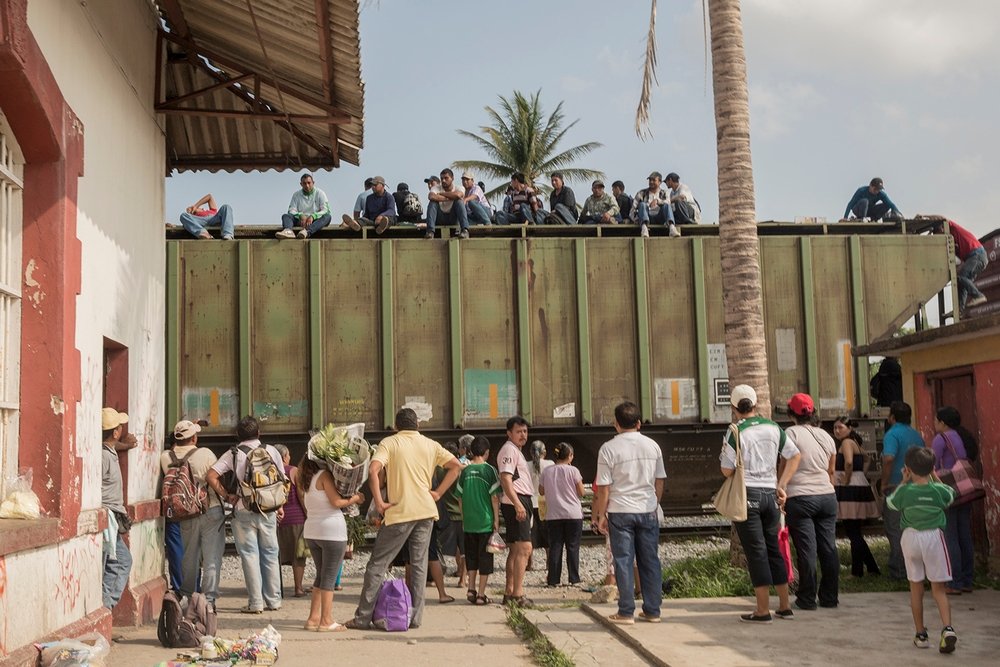
Populations from Central America entering clandestinely into Mexico are systematically exposed to further episodes of violence across the country. According to MSF data, 68 percent of the migrant population cared for by MSF teams reported being victims of violence during their transit towards the United States. One third of the women had been sexually abused. The consequences of violence on mental health and the ability to reach out for assistance are striking: 47 percent of the victims reported being psychologically affected by the violence they were subjected to or witnessed. A large majority of the migrants (59 percent) affected by violence did not seek any assistance during the transit through Mexico despite self-identified needs, mainly because of fear for their security, retaliation or deportation. There is no doubt that Mexican laws affording the right to healthcare of every individual in its territory—independent of their administrative status— is not respected in practice.
Programa Frontera Sur, implemented in Mexico with the financial support of the United States, exposes victims of violence in Central America to additional violence, and systematically deprives this population of the asylum and protection mechanisms they need. Despite an already existing framework for refugee claims for victims of organized gangs, only 0.5 percent of people fleeing Honduras and El Salvador have been granted asylum status in Mexico. In 2015, the government of Mexico deported 150,000 people from El Salvador, Guatemala and Honduras, a 44 percent jump over the previous year. The plight of those who reach the United States is equally worrying. Those caught by migration authorities who make an asylum claim are held in detention centers to await asylum hearings before a judge. Very few are granted asylum.
Despite legitimate fear for their lives, people from central America fleeing violence are systematically deported from Mexico and U.S. to their country of origin in what constitutes a violation of the principle of non-refoulement. Lack of access to healthcare, protection and humanitarian assistance for the population fleeing violence in Central America must be regarded as a collective failure of the states in the region.
Reality Check 8: Rohingya people in South East Asia
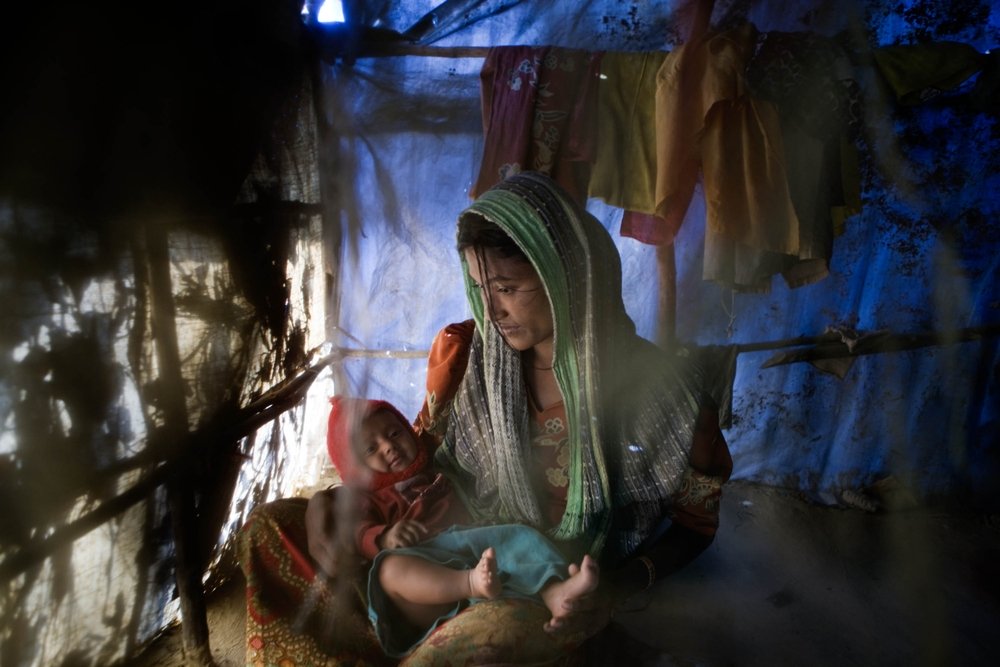
For years Rohingya people in Myanmar have had no option but to use smugglers in order to flee persecution. As a stateless minority, there is no other way for them to leave the country and although departures have fallen following a crackdown on smuggling networks, some continue to try. In Rakhine state, Rohingya people are subjected to severe movement restrictions – both those living in displacement camps and those living in their own villages– that have severely limited their access to healthcare for years and continues to do so. Outside of displacement camps, MSF is one of their only options to access basic healthcare.
Many Rohingya people have fled to Bangladesh, where up to half a million are currently living, but most do not have formal refugee status and instead exist in a kind of legal limbo. This makes it extremely difficult for them to access health facilities, support services or protection from exploitation. They are extremely vulnerable to exploitation. In recent years, many Rohingya have fled from Myanmar and Bangladesh to third countries, especially to Malaysia but also to Indonesia and Thailand. Many Bangladeshis have also followed this route, seeing smugglers’ boats as their only viable option to improve their situation.
When they make it to their desired destinations in the region, Rohingya asylum seekers face considerable difficulties. As these nations are not signatories of the Refugee Convention, they have no way of gaining formal legal status as refugees, which in turn affects their ability to access health care and to meet other needs, and can expose them to the risk of arrest and detention.
[1] Number of deaths recorded by IOM’s Missing Migrants project from September 2015 until the beginning of September 2016